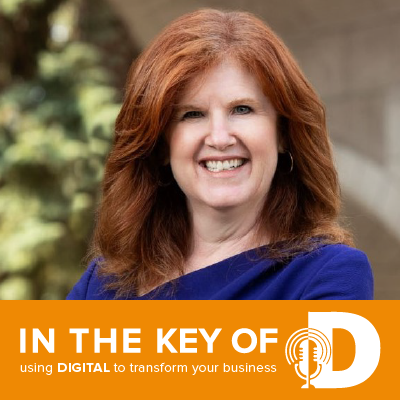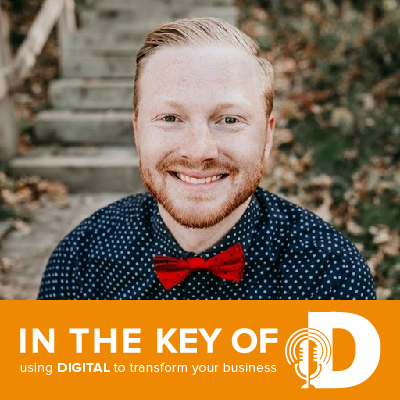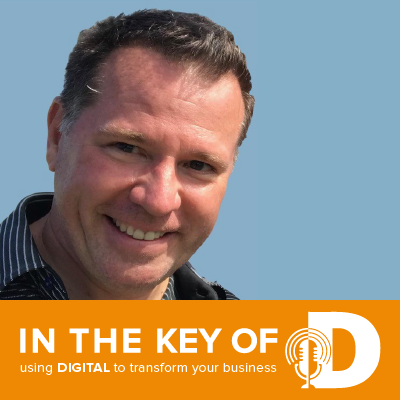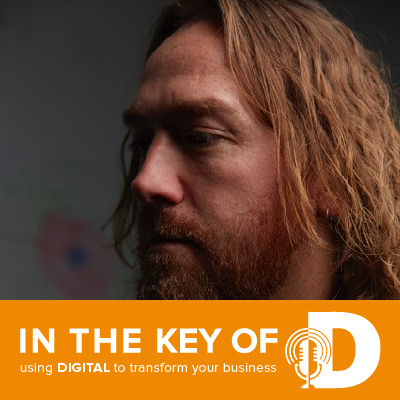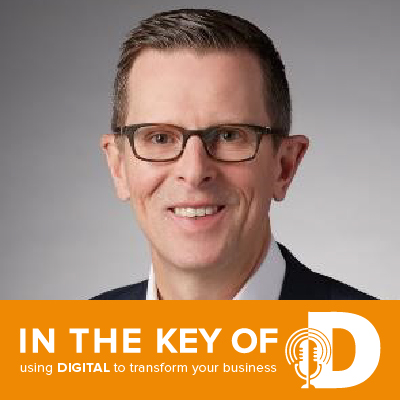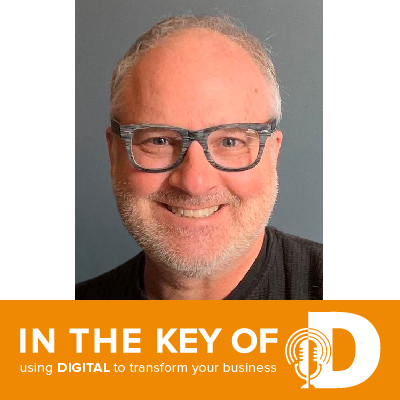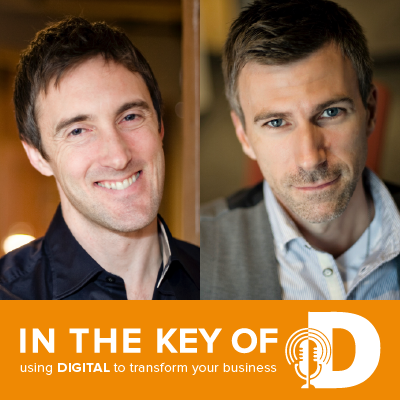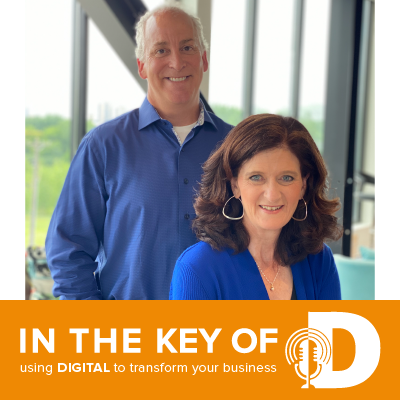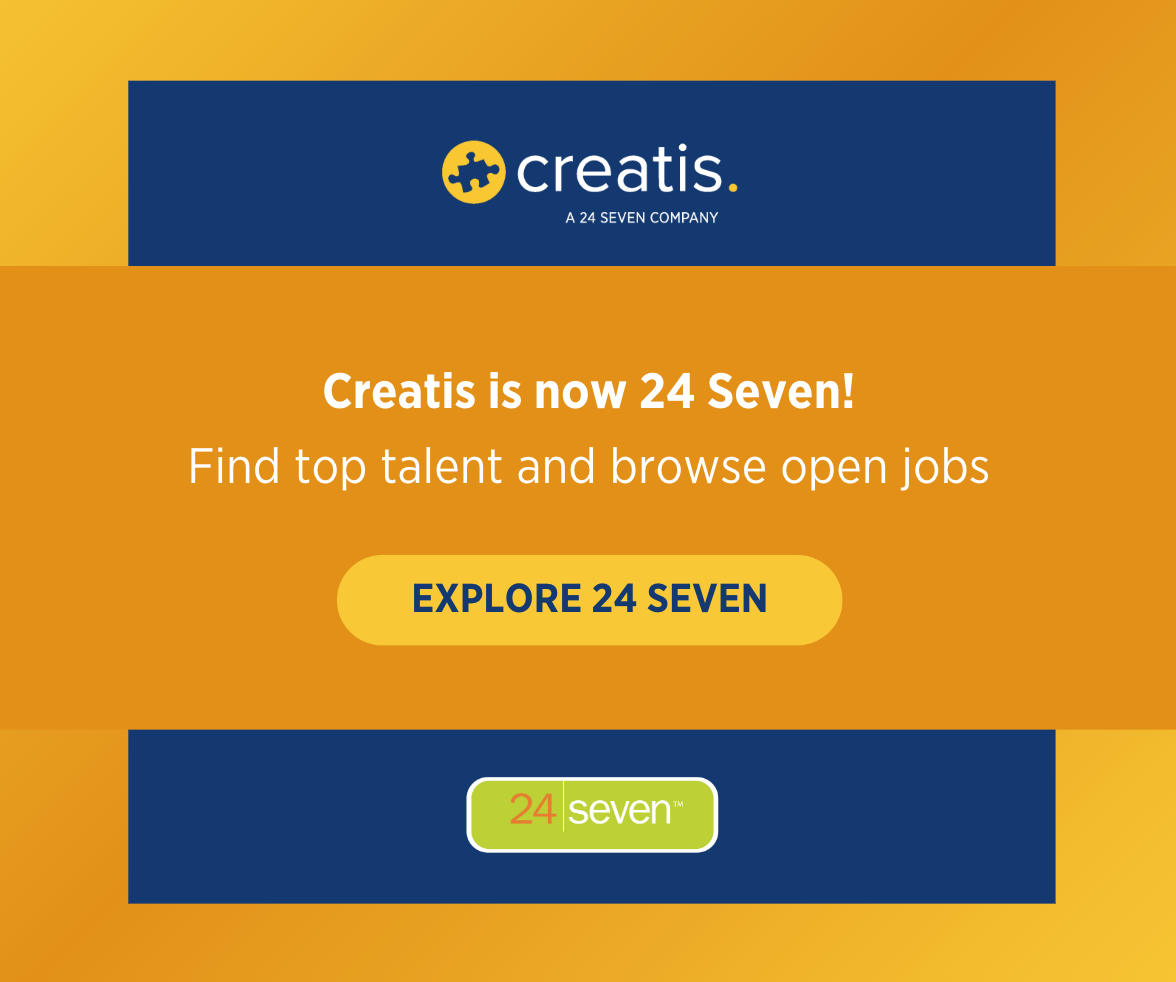
episode 10
How a 153-Year-Old Startup Goes Digital—Featuring Steve Yaeger
For the Star Tribune, delivering quality journalism to the people of Minnesota for 153 years has made it the largest newsgathering force in the Midwest and one of the most touched newspaper brands in the US. But the advent of the digital age has brought the challenges of adapting to changing reader behavior, an accelerated news cycle and the prospect of a print-less future. How do they navigate these massive global shifts? Steve Yaeger, CMO at the Star Tribune, joins the podcast to talk about the award-winning media brand’s digital transformation journey, customer acquisition, and the company’s focus on long-term sustainability.
Our Guest
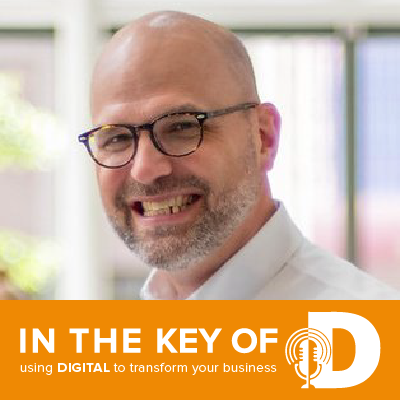
Steve Yaeger
Steve Yaeger is Star Tribune’s chief marketing officer and senior vice president of circulation. Steve is responsible for directing the company’s consumer marketing, customer acquisition, distribution, retail sales, and customer service. Prior to joining Star Tribune in 2012, Steve co-founded Aspyrion, a marketing consultancy that worked with leading regional and national brands. Previously he held a series of marketing positions with Cognos, Adaytum, The Thomson Corporation, and Fingerhut. Yaeger is a graduate of St. Olaf College.
Show Notes
In this episode we cover:
- [00:50] Steve Yaeger Introduction
- [1:50] What Steve’s role at the Star Tribune entails
- [2:50] When did the Star Tribune start to undergo Digital Transformation? Why did the leadership go in this direction?
- [5:35] Have digital subscriptions accelerated over the past 8 months due to the pandemic? What big changes has Steve seen from subscribers recently?
- [8:05] Undertaking Digital Transformation for the Star Tribune was a massive effort—what’s been the biggest upside? Steve talks distribution of new information
- [9:32] What is holding DT back for media brands like the Star Tribune or marketers in general?
- [11:05] How does the Star Tribune filter and prioritize ideas? Steve talks about the discipline of the company, its focus on profit and sustainability strategies.
- [14:10] How has this past year impacted the staff of the Star Tribune?
- [16:40] In terms of marketing, does the Star Tribune go after customers with an omni-channel approach? Is it two customer segments (digital & print) or is it just one in terms of strategy? Steve talks about acquisition of customers and adapting with consumer behavior.
- [19:50] The 2030 Project, developed by Steve and the Star Tribune’s editor in chief Rene Sanchez. Acquisition of customers in the next generation who haven’t grown up with “print.” Going to get customers instead of them coming to the Star Tribune.
- [24:00] What advice does Steve have for listeners on getting started in digital transformation?
- [25:00] “Be good to your teeth or they will leave you.” Steve talks about adapting to make it easier for the consumer to buy the product & customer retention.
- [26:39] What are the big changes in digital right now that are notable to Steve?
- [28:15] Was there a “last one standing” strategy for the Star Tribune? Why don’t we just be THE place for people who want print? Steve talks about profitability and not giving up on what is still working.
- [30:40] How to keep customers attached to the brand in the digital and print age? What will the typical subscriber look like in the future?
- [32:50] Rapid Fire - Quick Questions and Fast Answers with Steve
- [35:00] Wrap up questions: Steve speaks to how things are changing and the biggest challenge facing business leaders.
- [36:40] How does Steve stay current in digital? Steve talks about the importance of having effective ways of listening and the talent who knows what to do with what’s being heard.
- [38:10] Kathy and Gino’s “Key” takeaways
Links & Resources:
- Contact Steve by email: This email address is being protected from spambots. You need JavaScript enabled to view it.
- Connect with Steve on LinkedIn
- Subscribe to the Star Tribune
"Key" Takeaways
- The increase in use of digital news is accelerating quickly, but at the same time, print is not going away any time soon. The Star Tribune is deploying the “Riding two horses rather than switching horses” strategy. Print is still a major source of the company’s revenue. They are not planning to abandon print but rather add adapting to changing customer needs by add digital options.
- Given customer often use multiple channels to consume concept –channel integration is key. You must customize your content to the medium but also must connect the brand experience across all channels.
- The Star Tribune’s 2030 project: The Star Tribune will have to go get the next generation of customers, accepting that these young people won’t just come to the brand based on “consumption modeling” at home. This group isn’t just a focus group, it’s an ongoing conversation with a people who look like the Star Tribune’s customers—in terms of professional industry, demographics, and insights.
- Let people buy how they want to buy. Don’t put a lot of effort and resources into changing how they buy. This is a simplification strategy for the digital age.
- The lack of constraints in our digital world is a big challenge that’s often overlooked by businesses undergoing digital transformation. With so many channels emerging, it’s easy to have a “let’s do it all” mentality and spread your resources too thin. But success often comes from maintaining focus and “let’s pick one channel and do it well first” mindset. Do one channel extremely well versus doing four poorly.
- Be thoughtful about who’s consuming your content, on which medium, and make sure you’re customizing to specific channels. This helps maintain a continuity of brand experience, which is especially important for media brands.
- Don’t give up. It’s about long-term survival and protecting legacy revenue. It’s not only about leapfrogging the competition right now; but also about staying in the game and adapting to meet emerging demand.
- Given the only certainties in life are love, gravity and legacy revenue. Figure out a way to protect how you’ve also made your money, but actively innovate around it as well.









